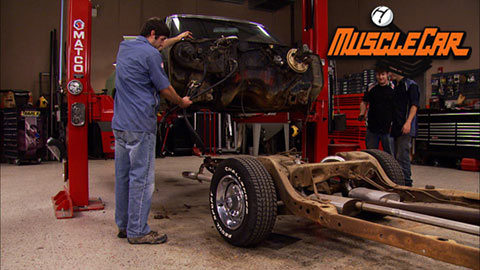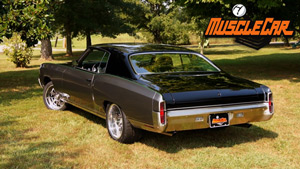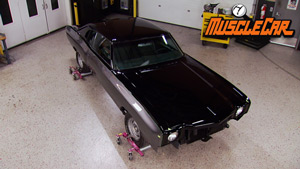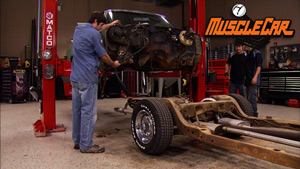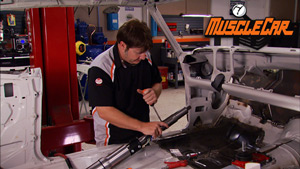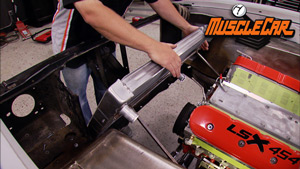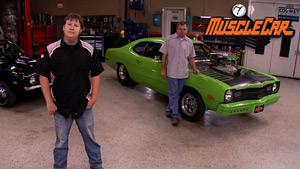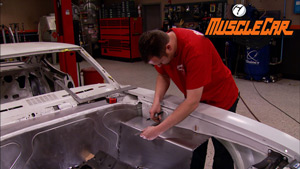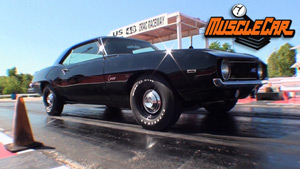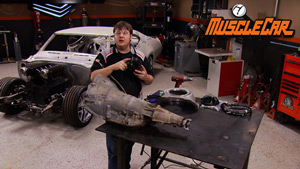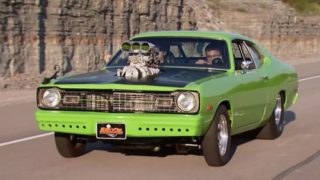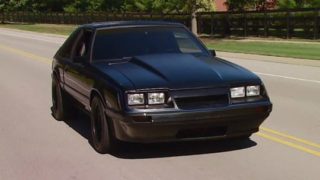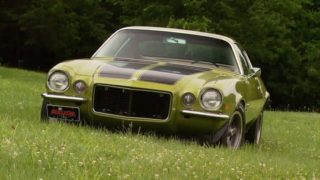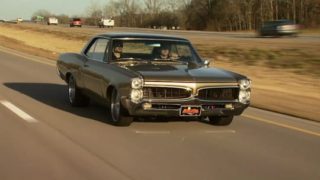MuscleCar Builds
Want more content like this?
Join the PowerNation Email NewsletterParts Used In This Episode
Advanced Plating
Brushed Nickel Fnishing on Chrome Pieces
ARP
Head Bolts
Chase Bays
LS-Coil Pack Harness
Driven Racing Oil
Break-In Oil
Dupli-Color
Ceramic engine paint
Edelbrock
E-Street EFI and Aluminum Intake
Holley
Oil Pan
Summit Racing
LS 408" ATK short block and rotating assembly
Trick Flow Specialties
Top End Kit (Aluminum Heads, Camshaft, Steam Lines)
